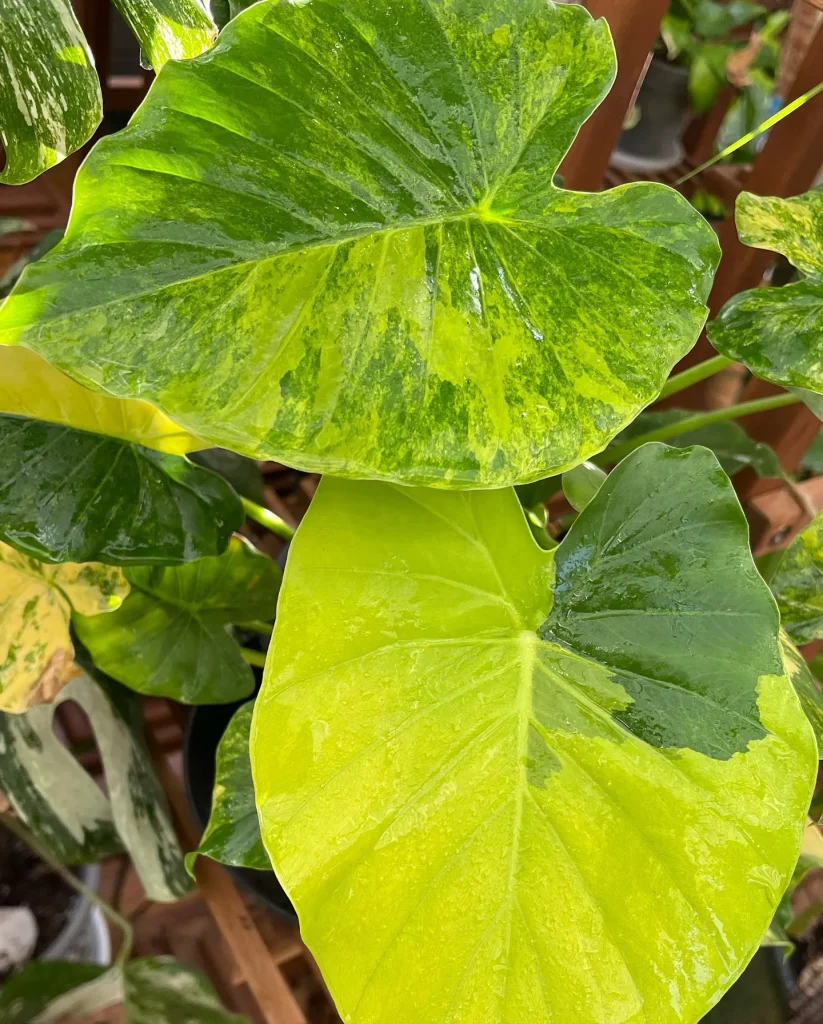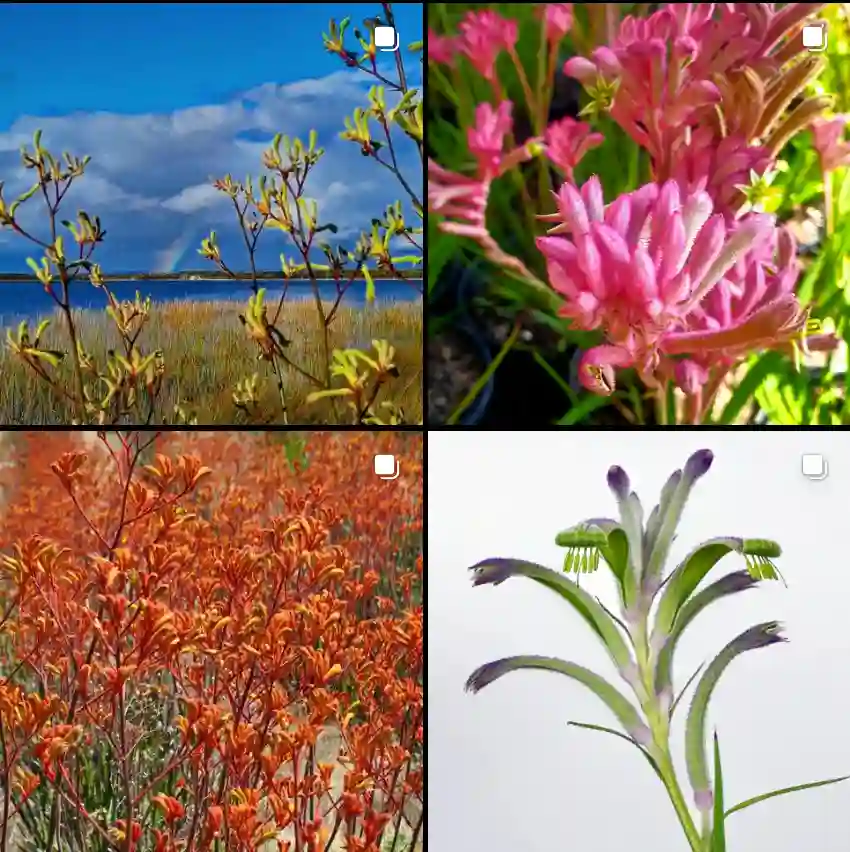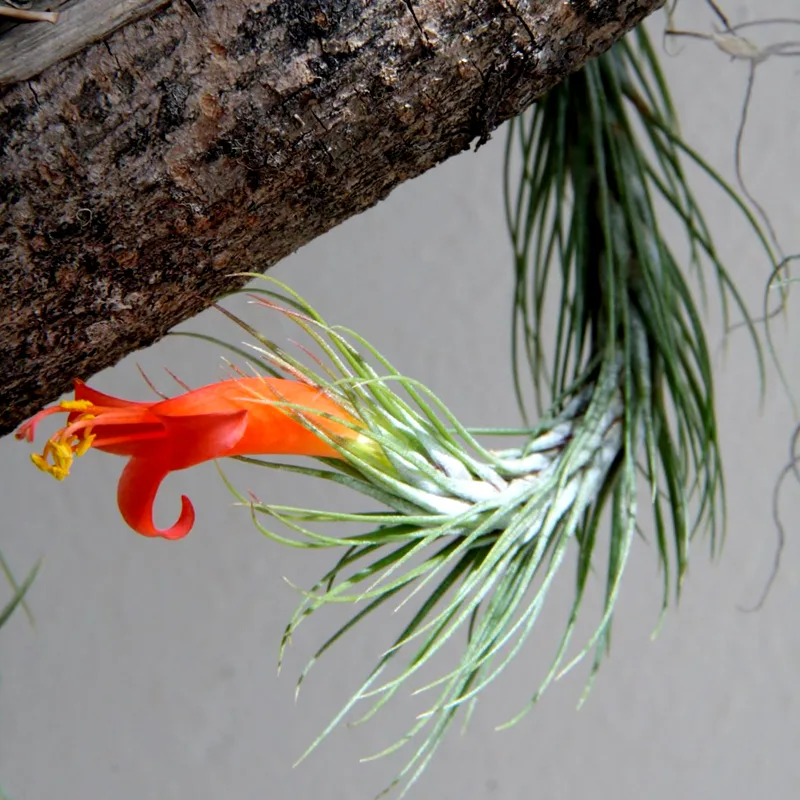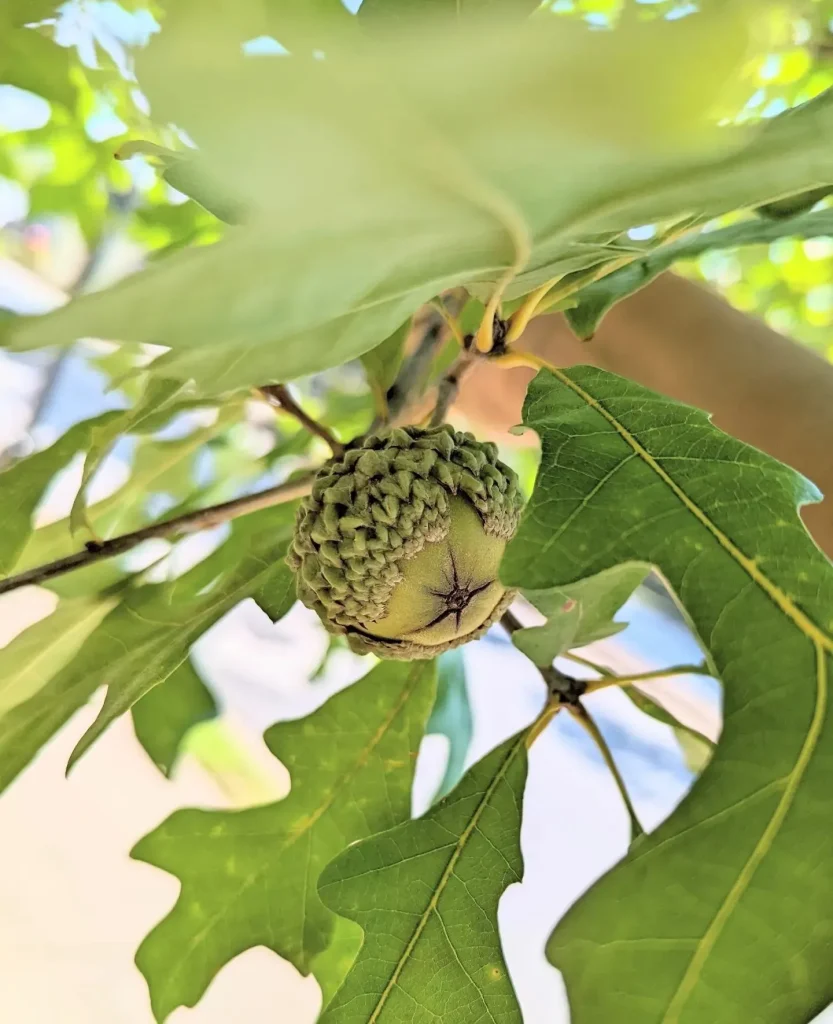My Experience with Salvinia Cucullata: A Charming Little Floater
For any aquascapist, the hunt for the perfect plants is a constant source of fascination. We spend hours researching, browsing online stores, and visiting local fish shops, all in search of that special addition that will elevate our underwater world. That’s how I stumbled upon Salvinia Cucullata, a little floating fern that has captured my heart (and the surface of my aquarium).
13 Species in Genus Salvinia
What is Salvinia Cucullata?
Salvinia Cucullata, also known as Common Salvinia or Asian Watermoss, is a captivating aquatic fern native to South America and the West Indies. Unlike other floating plants with long, dangling roots, Salvinia Cucullata boasts short roots and a mesmerizing appearance. Its tiny, nickel-sized leaves are covered in pouches of air, giving it a shimmering, almost otherworldly look that dances on the water’s surface.
Salvinia Cucullata vs Salvinia Minima
I love the intricate leaf structure of Salvinia Cucullata, which adds a unique texture to my water garden, but I find Salvinia Minima‘s small, round leaves create a delicate and serene look that is equally captivating.
Why Choose Salvinia Cucullata?
There are several reasons why Salvinia Cucullata has become a favorite in my aquascape. Firstly, its compact size makes it ideal for smaller tanks. It adds a touch of green without overwhelming the visual space. Secondly, its rapid growth rate helps with water quality by absorbing excess nutrients that could otherwise fuel algae growth.
But what truly sets Salvinia Cucullata apart is its ability to provide both beauty and functionality. The air pockets trapped in its leaves create a dappled shade effect, perfect for fish that prefer slightly subdued lighting. Additionally, the dense mat it forms on the surface offers hiding spots for fry and timid fish, promoting a sense of security in the tank.
How to Care for Salvinia Cucullata?
Salvinia Cucullata is a relatively low-maintenance plant, making it ideal for beginners. Here are some key points to ensure it thrives in your aquarium:
- Lighting: Salvinia Cucullata prefers moderate to low lighting. Direct sunlight can be detrimental, so aim for shaded areas or tanks with diffused lighting.
- Water Parameters: It adapts well to a wide range of water parameters, thriving in slightly acidic to slightly alkaline conditions (pH 5.5-7.5). The ideal temperature range is between 68-78°F (20-26°C).
- Nutrients: Salvinia Cucullata absorbs nutrients from the water column. While it doesn’t require additional fertilizing, regular water changes are crucial to prevent nutrient buildup.
How to Propagate Salvinia Cucullata?
The beauty of Salvinia Cucullata lies in its ease of propagation. It reproduces vegetatively, meaning new plantlets sprout from the existing ones. Simply remove a section of the mat with a few leaves and watch it transform into a new Salvinia on its own. You can then redistribute these new plants throughout your tank or share them with fellow aquascapists.
What to Plant With Salvinia Cucullata?
Salvinia Cucullata pairs beautifully with a variety of plants. Here are a few suggestions:
- Stem Plants: Stem plants like Water Sprite (Ceratopteris thalictroides) or Hornwort (Ceratophyllum demersum) can grow through the gaps in the Salvinia mat, adding depth and texture to the aquascape.
- Carpeting Plants: Carpeting plants like Dwarf Hairgrass (Eleocharis acicularis) or Monte Carlo (Micranthemum tweediei) can create a lush green carpet beneath the Salvinia, contrasting beautifully with the floating leaves.
- Other Floating Plants: For a more diverse floating layer, consider combining Salvinia Cucullata with other floating plants like Frogbit (Limnobium laevigatum) or Red Root Floater (Phyllanthus fluitans).
Beyond Beauty: The Ecological Benefits of Salvinia Cucullata
While Salvinia Cucullata is a true aesthetic gem, its benefits extend beyond visual appeal. Here are some of its ecological contributions to your aquarium:
- Nitrate Reduction: As mentioned earlier, Salvinia Cucullata helps control nitrate levels, a major contributor to algae growth.
- Oxygen Diffusion: The air pockets trapped in its leaves facilitate gas exchange between the water and the atmosphere, increasing oxygen levels in the tank.
- Habitat Creation: The dense mat formed by Salvinia Cucullata provides a haven for microorganisms and small invertebrates, creating a mini ecosystem within your aquarium.
Conclusion: A Tiny Plant with Big Impact
Salvinia Cucullata may be a small plant, but its impact on an aquascape is undeniable. Its charming looks, ease of care, and ecological benefits make it a valuable addition for both novice and experienced aquascapists. So, if you’re looking for a plant that adds a touch of elegance and functionality to your underwater world, look no further than Salvinia Cucullata. It’s a testament to the fact that sometimes, the most captivating things come in the smallest packages.
If i die, water my plants!



